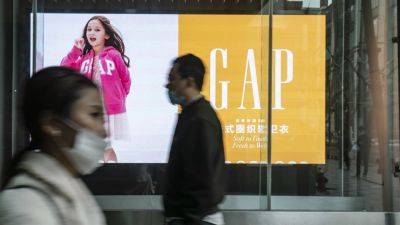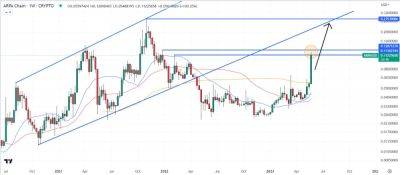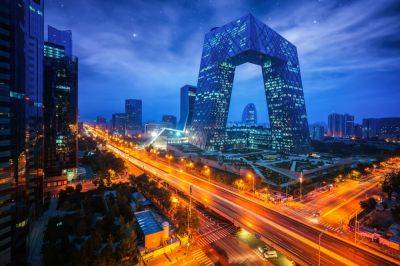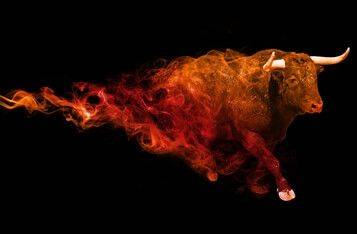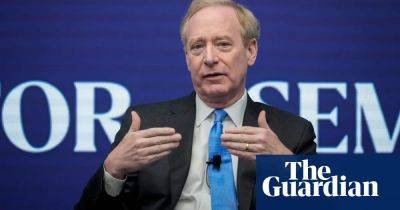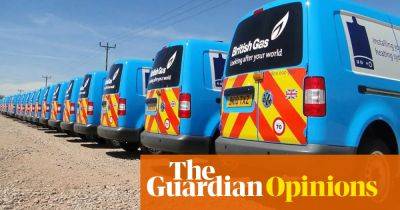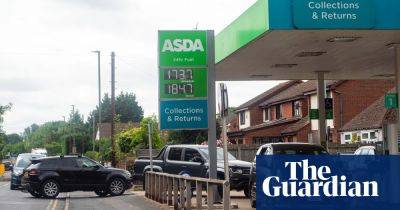From Elizabeth II to Charles III: how the UK economy has changed
Double-digit inflation prompted by a regional war. Essential goods in short supply in the shops. Shortages of workers. In some respects the economy when Charles III is crowned king this week has distinct echoes of his mother’s coronation 70 years ago.
In other respects, Britain is an entirely different place. In 1953, the retreat from empire was under way, the welfare state was in its infancy and membership of the European Economic Community was two decades away.
So what are the differences – and similarities – between the Britain of 2023 and the one of seven decades ago?
The contrast between today’s stagnant economy and the optimism that accompanied the rapid expansion of the early 1950s could hardly be more marked. The new Elizabethan Age got off to a rip-roaring start, with 1953 witnessing growth of 5.4% – the highest of the 1950s. It wasn’t just Britain; the world economy was in the early stages of a sustained postwar boom that would go on uninterrupted until the early 1970s. Despite the flatlining of real incomes in recent years, Britain is a much richer country today – and a much more service-sector dominated economy – than it was in 1953. Manufacturing accounted for a third of the economy compared with less than 10% today, while living standards are 4.5 times higher than they were seven decades ago.
As well as being richer, people also live longer. The average life expectancy at the time of Elizabeth II’s coronation was just over 69, but it rose steadily over the subsequent decades to peak at more than 81 by the early 2010s, since when it has declined slightly. Infant mortality has fallen from 29 per 1,000 live births to 3.7 per 1,000. At the start of the 1950s fewer than half the homes in Britain had a bathroom. Air
Read more on theguardian.com







